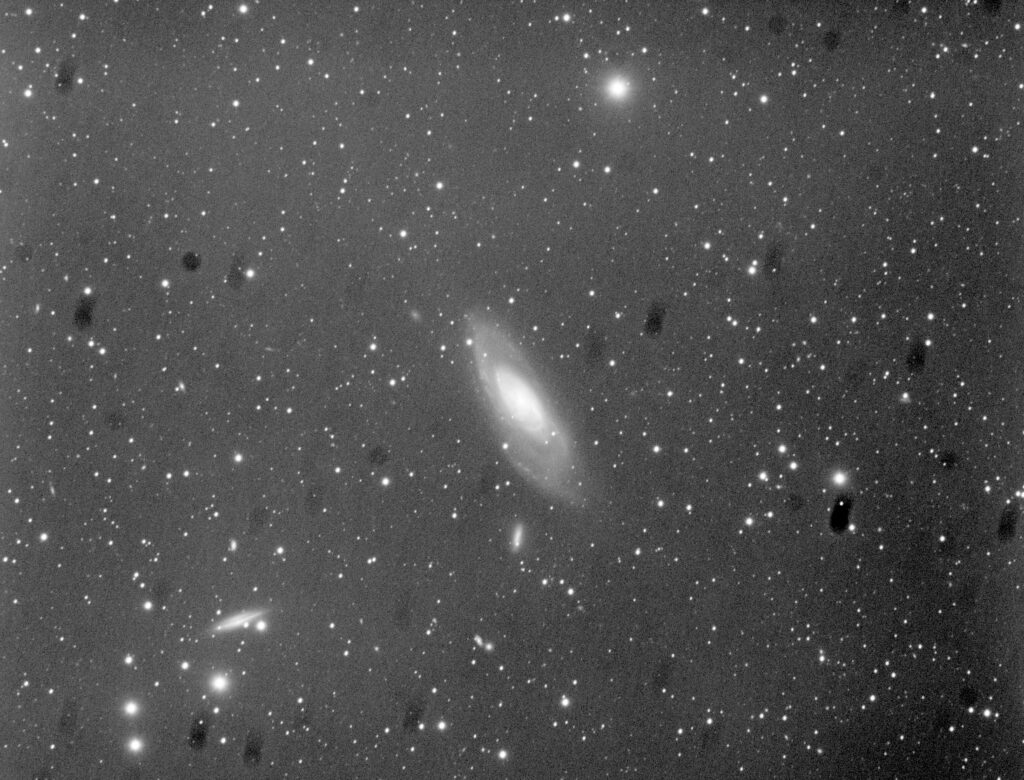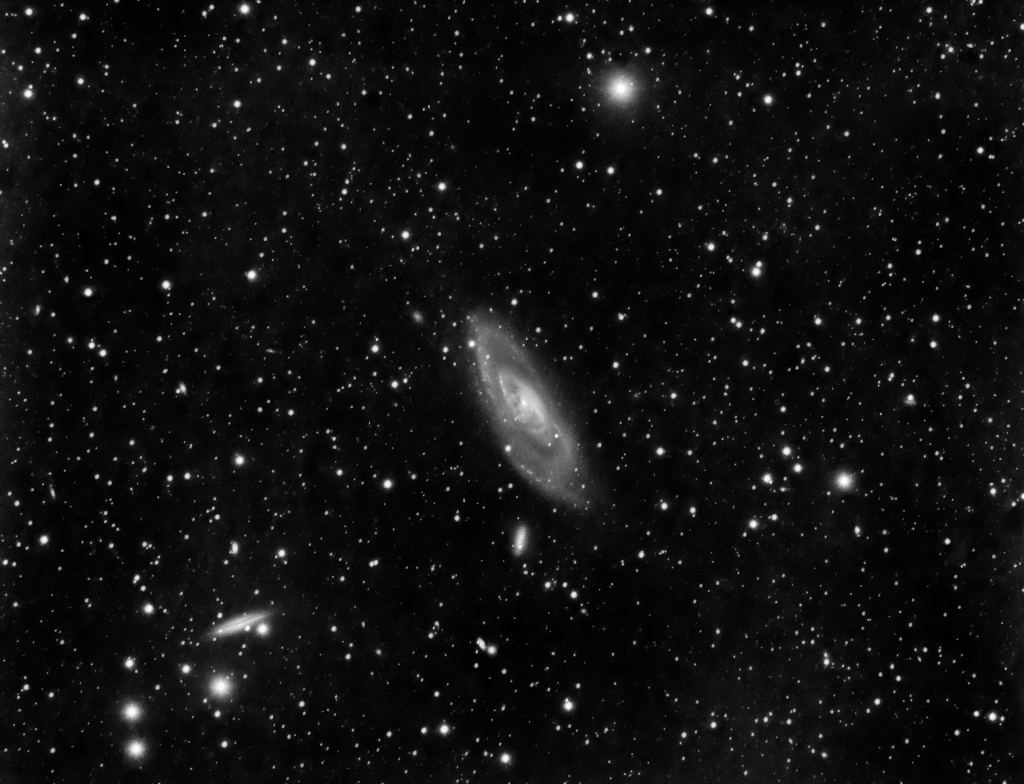It’s been a while since I last posted. The weather here has just been terrible and to be honest I have given up on trying to do Astronomy here in Cornwall.
Since my last post I have given variable star observing a go using the remote telescope network in the US. Yes, it’s expensive at about one US dollar a minute, but if added up what I have spent on my observatory over the years, that is an awful lot of observing time you could do before you get anywhere near what I have spent.
Anyway, that’s a semi ongoing project and I might start sticking up some of the results of that over the winter.
What is more encouraging is that New Mexico gets a lot better weather than we do here in the UK. I managed to get about 40 minutes of data of the Cocoon nebula using a 250mm Epsilon Tak mated with an SBIG ST10XME camera. The quality of the lights was just quite frankly amazing. 20% humidity and no light pollution really does make a difference to your images. I will stick these up later.
Having been encouraged by this, I decided that I would blow some dosh on a copy Pixinsight 1.08. In the 10 years since I last processed an image, software technology has improved immeasurably. Photoshop is now no longer the primary processing software of choice for the Astroimager.
I’ve been digging around my imaging archives for something to practice of and came across 26 x 10 min lights of M106 that I did way back in 2007. At the time I rejected these because of poor transparency producing really bloated stars and a bit of a pesky gradient, which refused to go despite multiple attempts to remove it.

This is the raw and dark calibrated stack of 23 of these. In those days I didn’t shoot flat frames, which was a mistake, as the dust bunnies in these images are really bad.

The finished result.